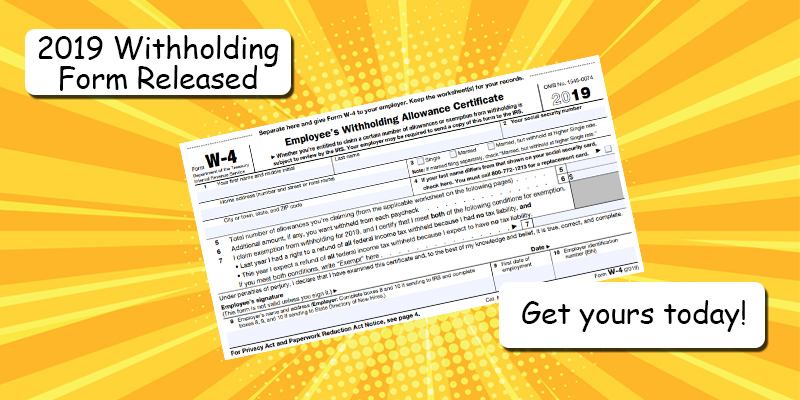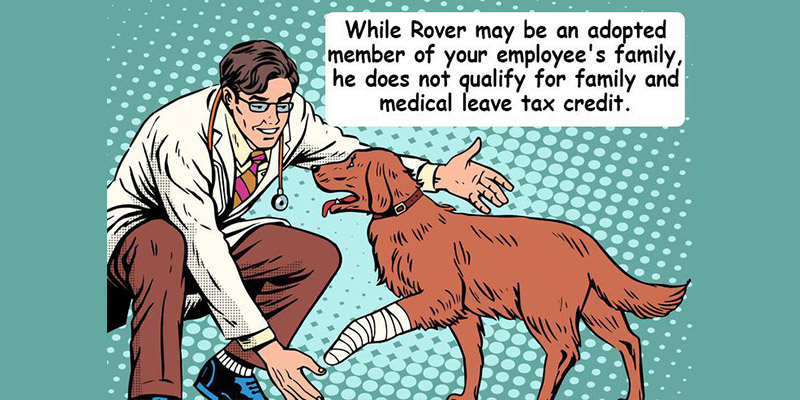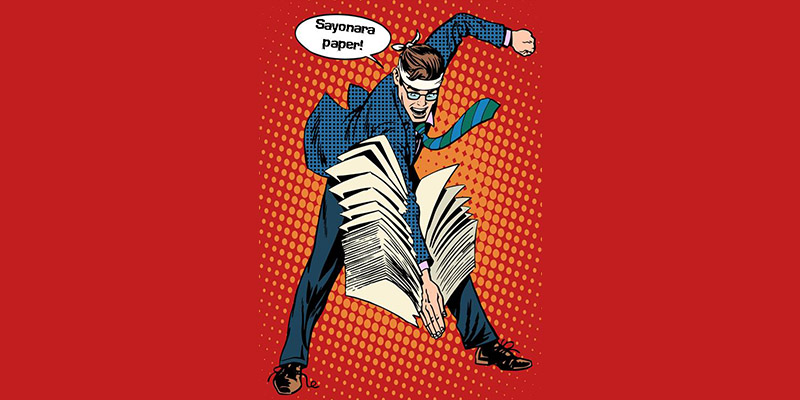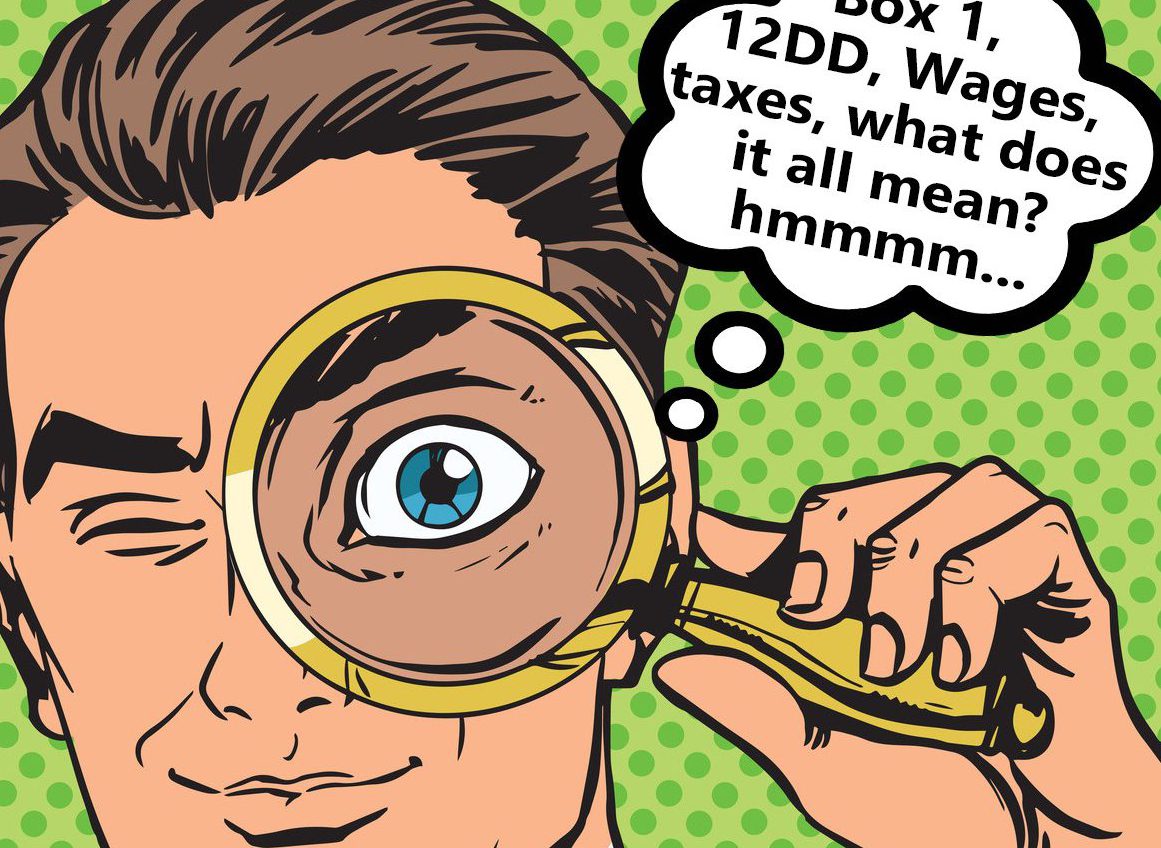Whew! We dodged a bullet… at least for another year. If you are not familiar with what the 2019 W-4 form could have looked like, then keep an eye out for a future article where we will give it a thorough review as it is now postponed for 2020 by the U.S. Treasury. The new 2019 W-4 form has been published (including the Spanish W-4(SP) version) and not much is changed from the 2018 version. A Form W-4 remains in effect until the employee gives you a new one, so you do not need to obtain a new form each year. When…
Posts published in “Tax”
There are tax credits and savings all around us, but if you do not know what to look for or have an experienced tax adviser, you may be missing out. One rarely known tax savings is the Successor employer rule. The regulations can be found under IRS Code 31.3121(a)(1)-1(b), and there is a single, small paragraph that makes mention of it in Publication 15 Employer’s Tax Guide, but I will give you the rundown here. If you have purchased or looking to purchase a business, then this is definitely one you do not want to overlook. Most employer taxes are…
While I am biased, as President of PayMaster, a payroll service provider, I do find the rare case for a business to utilize the services of a Professional Employer Organization (PEO) or Employee Leasing as it is sometimes referred to. In my opinion, there are only two reasons for a business to utilize a PEO, and that is in regards to Health insurance and Workers’ Compensation insurance as we will discuss. If the PEO route is the decision then I strongly recommend proceeding with caution and do your math, taking into consideration the big picture of the financial cost. This not…
The Credit For Portion Of Employer Social Security Paid With Respect To Employee Cash Tips, or Excess FICA Tax Credit on Tips, for short, to be exact. If you are familiar with this tax credit, then congratulations, you are one of the few (just be sure you are not a victim to the ‘Confusions’ I point out below). The IRS recently reported that for tax 2012 (yeah, it takes them this long to report), 66,400 taxpayers took advantage of this credit. This quantity seemed underwhelming to me, so I did some research as to how many businesses were potential candidates. …
When the Tax Cuts and Jobs Act was signed into law back in December 2017, it included Section 45S to the IRS Code which includes a credit for employers who pay for family and medical leave. The credit is a percentage of the amount of wages paid to a qualifying employee while on leave for up to 12 weeks per taxable year. The minimum percentage is 12.5% and is increased by .25% for each percentage point by which the amount paid to a qualifying employee exceeds 50% of the employee’s wages, with a maximum credit of 25% (for employers that…
A question I am often asked is ‘How long must I maintain my payroll records?’, and the answer is; “it depends”. Reason being is that there are many different documents that are maintained within the payroll world by a myriad of federal, state, and local agencies, and a lots of overlap. Some people put a blanket retention policy of seven years across all documents, but in some cases as we will see, even that may not be long enough. Namely if the records are for an active employee. Let’s take a look at the more popular forms and documents, and bring some order to…
If you are like me, you have been at the edge of your seat waiting for the IRS to release the 2018 Form W-4, Employee Withholding Allowance Certificate since January 1st. Well, on February 28th the wait ended, and here is the new form in all four pages of glory. Yes, four pages. Double the prior year’s 1 page front and back form. At the end of the day, the certificate itself is still just a 1/3 of the first page where the employee will basically indicate whether they are withholding at Single, Married, or Married, but withhold at the higher…
Over the next few weeks as your employees start to receive their 2017 W-2 form, they will most likely have questions as to what all those numbers mean. For example, it is not uncommon for a salaried employee who earns $50,000 per year question why their Box 1 Wages only reflects $45,000. The response is, ‘do you contribute to a pension plan or have pre-tax insurance, then if so those amounts reduce your “taxable” wage, which is what appears in Box 1’. To assist you with those questions, here is an explanation of what is in each box and what…
With the recent passing of the new tax law, we will find a significant delay in the IRS’ publishing of the 2018 W-4 Withholding Allowance Form. In the meantime, anyone hired in 2018 should complete the 2017 form, and they will not need to complete the 2018 form when it is released. Unless that is, if they want to later change their withholding. A Form W-4 remains in effect until the employee gives you a new one. When you receive a new form, begin withholding no later than the start of the first payroll period ending on or after the 30th…










